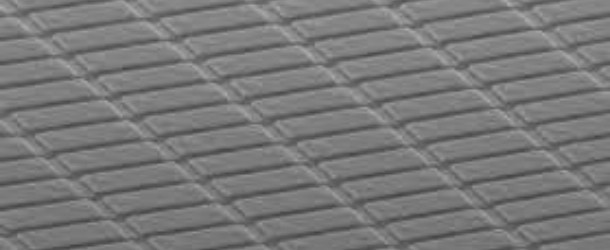Competing quantum interactions enable single molecules to stand up & raise prospect for nanofabrication

(Warwick.ac.uk) Nanoscale machinery has many uses, including drug delivery, single-atom transistor technology, or memory storage. However, the machinery must be assembled at the nanoscale which is a considerable challenge for researchers.
his prospect is now a step closer to reality thanks to an international effort led by the Research Centre Jülich of the Helmholtz society in Germany including researchers from the Department of Chemistry at the University of Warwick.
In the paper, ‘The stabilization potential of a standing molecule’, published on the 10th November 2021 in the journal Science Advances, an international team of researchers have been able to reveal the generic stabilisation mechanism of a single standing molecule, which can be used in the rational design and construction of three-dimensional molecular devices at surfaces.
Dr Christian Wagner from the Peter Grünberg Institute for Quantum Nanoscience at Research Centre Jülich commented, “To make technological use of the fascinating quantum properties of individual molecules, we need to find the right balance: They must be immobilized on a surface, but without fixing them too strongly, otherwise they would lose these properties. Standing molecules are ideal in that respect. To measure how stable they actually are, we had to stand them up over and over again with a sharp metal needle and time how long they survived at different temperatures.”
Now that the interactions that give rise to a stable standing molecule are known, future research can work towards designing better molecules and molecule-surface links to tune those quantum interactions. This can help to increase stability and the temperature at which molecules can be switched into standing arrays towards workable conditions. This raises the prospect of nanofabrication of machinery at the nanoscale.





















